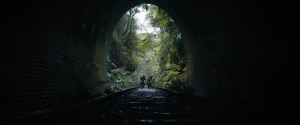A great horror movie ending is an art form, often delivering the last twist of the knife that recontextualizes everything the audience has just witnessed. However, while many horror films opt for a triumphant finale where the surviving heroes vanquish evil, some of the most memorable horror movie endings choose a different path. They steer directly into the darkness, concluding with an outcome so bleak, so shocking, or so profoundly unfair that it lingers long after the credits roll. These are the endings that spark debates and leave viewers stunned, endings that feel both completely wrong and absolutely perfect.
Videos by ComicBook.com
This brand of messed-up finale is a high-wire act. If mishandled, it can feel cheap or nihilistic for its own sake. When executed perfectly, however, it serves as the thematic capstone to the entire story. We’ve selected the horror endings that achieved a legendary status because they dare to deny the audience any sense of comfort, leaving them with a chilling truth.
WARNING: Major spoilers below
1) Sleepaway Camp
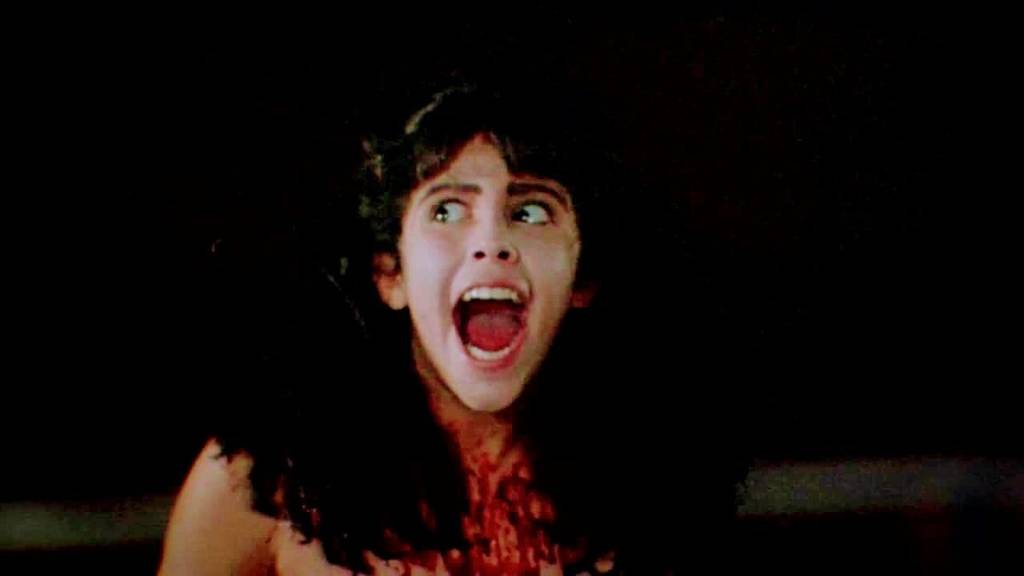
The 1983 slasher Sleepaway Camp spends most of its run time as a fairly standard, if exceptionally strange, summer camp murder mystery. The story follows the painfully shy Angela Baker (Felissa Rose), who is sent to Camp Arawak with her cousin Ricky (Jonathan Tiersten). Soon after their arrival, a series of grisly and inventive killings begins to plague the camp, with each victim having recently bullied or wronged Angela in some way. The film plays with audience expectations, setting up multiple red herrings as it builds toward its infamous final reveal.
Sleepaway Camp‘s place in horror history was cemented in its final moments, which remain one of the most jarring and controversial twists in the genre. Counselors discover a naked Angela on a beach, humming eerily while holding the decapitated head of her crush, Paul (Christopher Collet). As she stands up and turns, it is revealed that “Angela” is actually her long-lost brother, Peter, who was raised as a girl by his eccentric aunt after the real Angela died in a boating accident. The image of Angela’s face on a male body, accompanied by an animalistic hiss, is a truly unsettling conclusion that fans were not prepared for. While the initial reaction to this ending was divisive, Sleepaway Camp has since been reappraised for a perfectly wacky ending.
2) The Descent
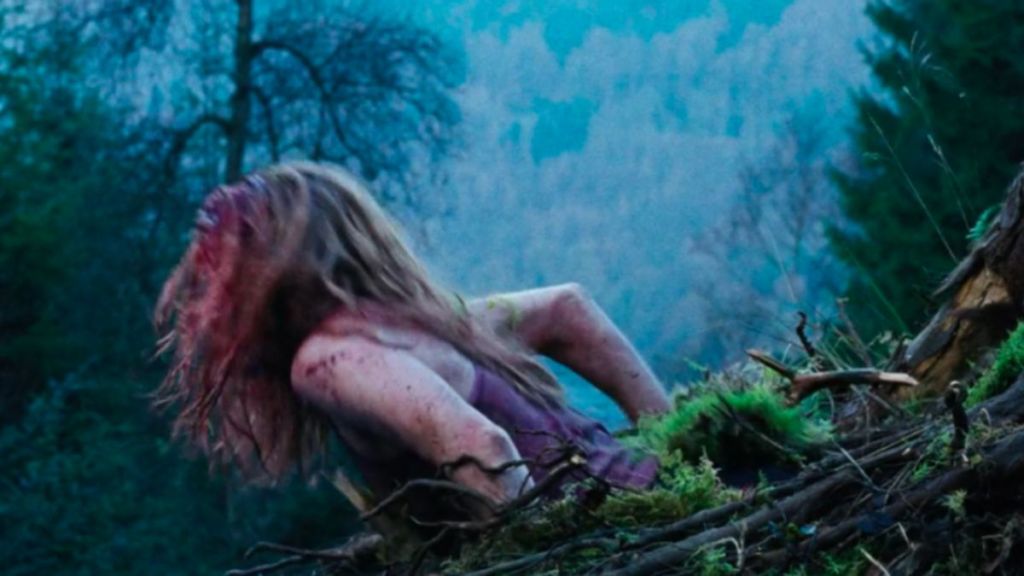
Neil Marshall’s claustrophobic masterpiece, The Descent, follows a group of female friends on a caving expedition that goes horribly wrong. One year after a tragic car accident claimed her husband and daughter, Sarah (Shauna Macdonald) joins her friends for an adventure intended to help her heal. Their trip becomes a fight for survival when a cave-in traps them in an unexplored system, which they soon discover is home to a species of vicious subterranean predators. The Descent is a relentless exercise in tension, compounding the terror of the monstrous “crawlers” with the paranoia and betrayals simmering within the group.
The Descent is famous for having two different endings, but it is the original UK version that delivers the truly devastating blow. In this cut, Sarah manages to escape the caves, drive away, and then hallucinates her dead friend Juno (Natalie Mendoza) in the passenger seat. This is revealed to be a fake-out, as Sarah awakens back in the darkness of the cave. She then has a peaceful vision of her deceased daughter holding a birthday cake, a brief moment of happiness before the sounds of the approaching crawlers seal her doom. This finale is a perfect encapsulation of the film’s title, showing a psychological descent from which there is no escape.
3) Drag Me to Hell
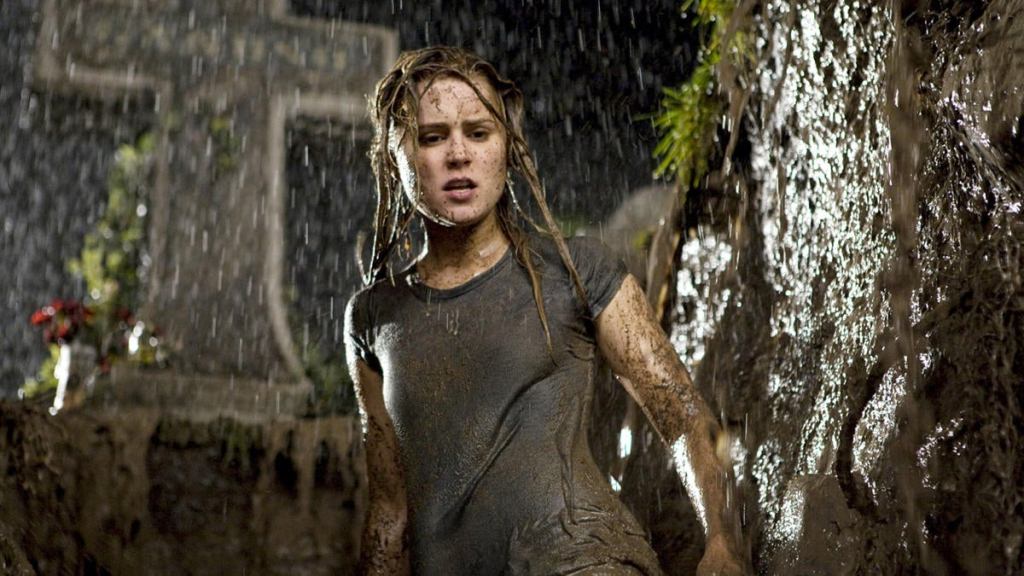
Sam Raimi’s return to horror, Drag Me to Hell, is a gleefully cruel cautionary tale starring Alison Lohman as Christine Brown, a mild-mannered loan officer who, in an attempt to secure a promotion, denies a loan extension to a mysterious old woman named Mrs. Ganush (Lorna Raver). In retaliation, Mrs. Ganush places a powerful demonic curse on Christine, dooming her to three days of escalating torment before the demon Lamia drags her soul to hell.
Drag Me to Hell is a chaotic blend of supernatural horror and Raimi’s signature dark humor as Christine desperately seeks a way to break the curse. After numerous failed attempts to appease or transfer the curse, Christine believes she has finally succeeded by burying the cursed object, a button from her coat, with Mrs. Ganush’s corpse. In the final scene, her boyfriend Clay (Justin Long) proposes to her at a train station. As he gives her an envelope containing a rare coin she thought she had lost, he reveals she accidentally gave him the envelope with the cursed button. Realizing her fatal mistake, a terrified Christine stumbles back onto the train tracks just as fiery hands erupt from the ground and drag her screaming into hell.
4) Rosemary’s Baby
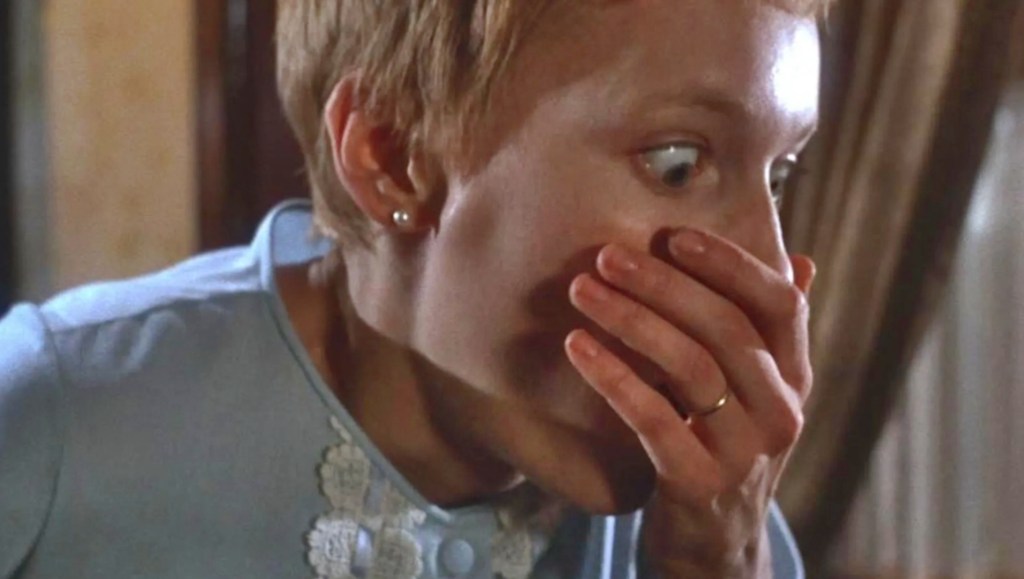
Roman Polanski’s 1968 classic Rosemary’s Baby is a slow-burn psychological horror following Rosemary Woodhouse (Mia Farrow), a young wife who moves into a new apartment building with her aspiring actor husband, Guy (John Cassavetes). After being drugged, she has a terrifying dream of being sexually assaulted by a demonic entity. Soon after, she becomes pregnant and is isolated by her overly helpful neighbors and her own husband, who are all part of a satanic coven with sinister plans for her unborn child. Of course, the truth is only revealed in the movie’s final stretch, leaving both Rosemary and the audience questioning her sanity.
The film’s horrifying conclusion validates all of Rosemary’s worst fears. After giving birth, she is told the baby died, but she soon discovers her child alive in the neighbors’ apartment, surrounded by the coven. They reveal that she has given birth to the son of Satan, the Antichrist. Though initially horrified, Rosemary’s maternal instincts take over when she hears the baby crying. The final shot shows her rocking the demonic infant’s cradle, a quiet acceptance of her horrific fate and her role as the mother of evil.
5) Saw
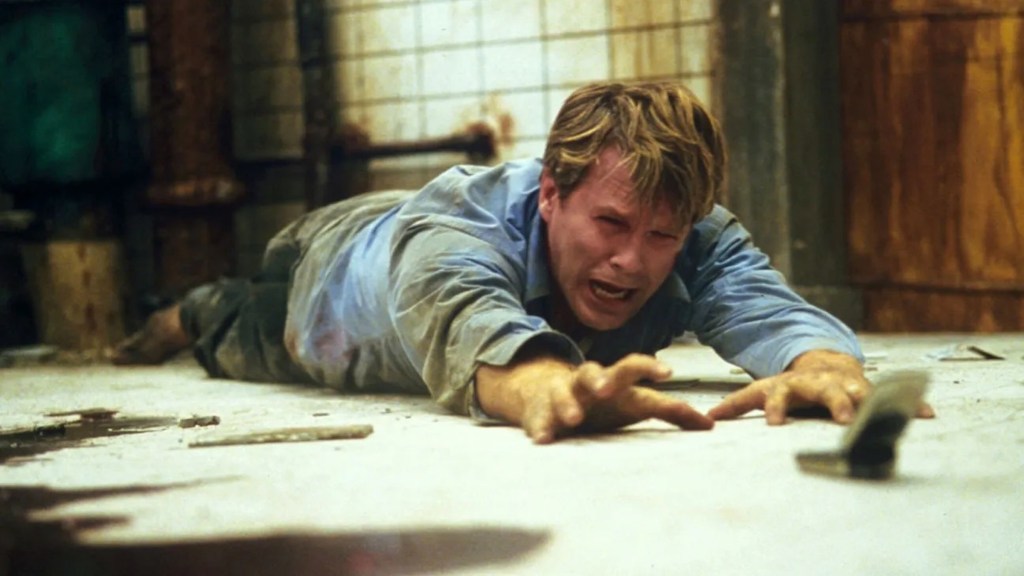
The film that launched one of horror’s most successful franchises, 2004’s Saw introduced a new level of intricate plotting to the genre. The story centers on two men, Adam (Leigh Whannell) and Dr. Lawrence Gordon (Cary Elwes), who awaken chained in a derelict bathroom with a corpse lying between them. Through a series of cassette tapes, they learn they are pawns in a deadly game orchestrated by the Jigsaw Killer, a moralistic murderer who forces his victims to endure horrific trials to prove their will to live. According to the game’s rules, Dr. Gordon is tasked with killing Adam before his time runs out, or his wife and daughter will be murdered.
The ending of Saw is a series of stunning revelations that fundamentally redefine the entire film. After a desperate Dr. Gordon saws off his own foot to escape, the supposed hospital orderly Zep, who the players believed was Jigsaw, is revealed to be just another victim of the game. The true gut-punch comes in the final moments when the “corpse” that has been lying in the center of the room the entire time rises to its feet. It is John Kramer (Tobin Bell), the real Jigsaw Killer, who was present and watching them the whole time. He seals the door, leaving Adam to die in the dark, a perfect twist that left audiences speechless.
6) Hereditary

Ari Aster’s debut feature, Hereditary, became famous for its deeply disturbing exploration of grief, trauma, and inescapable fate. The film follows the Graham family as they unravel following the death of their secretive matriarch. Then, after a horrific accident leads to the death of her daughter, Charlie (Milly Shapiro), Annie (Toni Collette) descends into a spiral of grief and desperation, which makes her vulnerable to a seemingly benevolent support group member named Joan (Ann Dowd). What starts as a harrowing family drama slowly transforms into a supernatural nightmare, revealing that a sinister force has been manipulating the Grahams for generations.
The final act of Hereditary reveals that the family was always doomed. Annie’s mother was the leader of a cult dedicated to the demon Paimon, who needed a male host. The cult orchestrated every tragedy to break down the family and prepare Annie’s son, Peter (Alex Wolff), for possession. In the finale, a possessed Annie decapitates herself while a naked cult watches, and Paimon’s spirit successfully enters Peter’s body. The film ends with Peter, now King Paimon, being crowned in a treehouse shrine surrounded by the headless corpses of his mother and grandmother, a truly bleak culmination of the family’s inherited curse.
7) Eden Lake
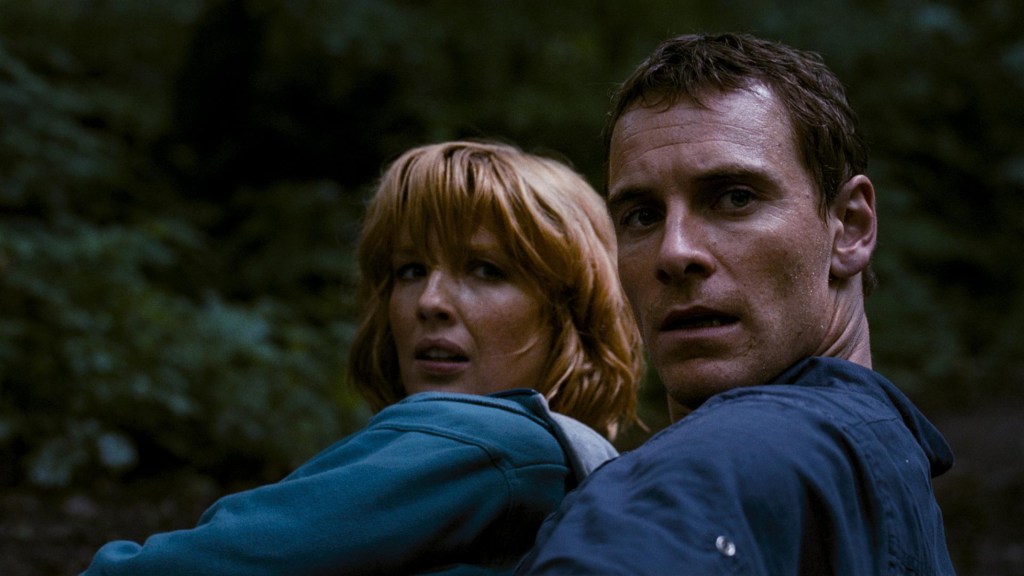
James Watkins’s 2008 British thriller Eden Lake stands as one of the most relentlessly punishing films in the survival horror subgenre. The story follows a young couple, Jenny (Kelly Reilly) and Steve (Michael Fassbender), who travel to a remote quarry for a romantic weekend. Their peaceful getaway is quickly shattered by a confrontation with a gang of aggressive local youths, led by the intimidating Brett (Jack O’Connell).
The film’s infamous ending delivers a soul-crushing blow that has haunted viewers for years. After enduring unimaginable torment and witnessing Steve’s brutal murder, a battered Jenny manages a desperate escape from the woods. She finds help in a nearby town, collapsing in a home during a house party. Her momentary relief turns to absolute terror when she realizes she is in the home of her tormentors. The parents, upon understanding what their children have done, do not offer aid but instead close ranks to protect their own. The last we see is Brett deleting incriminating footage from his phone while Jenny’s muffled screams confirm she is being murdered by the adults, erasing the last witness.
8) The Wicker Man
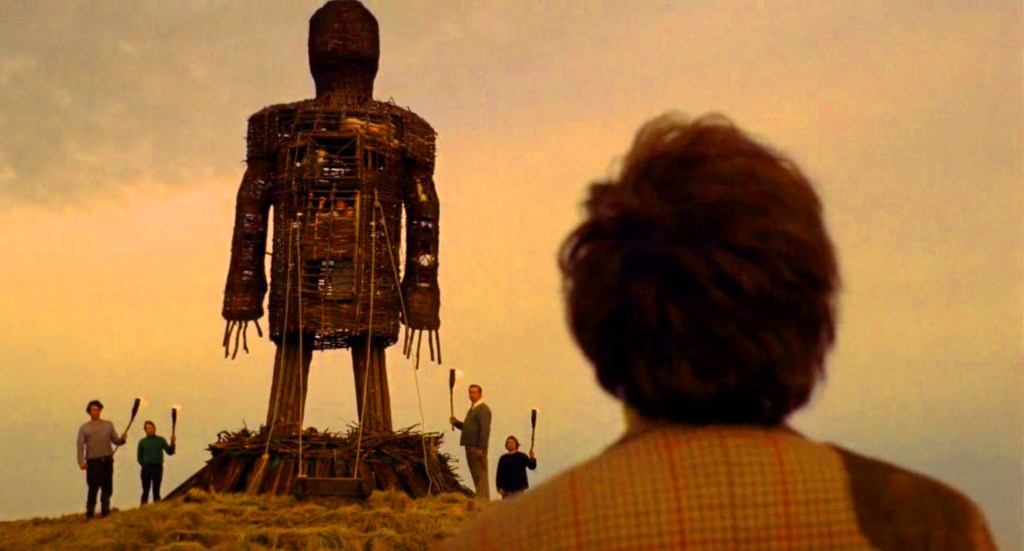
The 1973 version of The Wicker Man is a foundational film in the folk horror subgenre. The story follows the devoutly Christian police sergeant Neil Howie (Edward Woodward), who travels to the remote Scottish island of Summerisle to investigate the disappearance of a young girl. Upon his arrival, he is disturbed to find a community that has abandoned Christianity in favor of pagan Celtic rituals. Furthermore, the islanders, led by the charismatic Lord Summerisle (Christopher Lee), are welcoming but evasive, denying the girl ever existed. As a result, Howie’s investigation becomes a battle of faith as he grows more horrified by the island’s culture.
Howie eventually discovers that the missing girl was a lure, and he was the intended target all along. The islanders’ crops have failed, and they believe that only a human sacrifice, a willing virgin who comes of his own free will, will appease their gods. In the film’s iconic and horrifying finale, Howie is forced inside a giant wicker man statue and burned alive. His terrified Christian prayers are drowned out by the joyous singing of the islanders as they watch him burn, a truly unsettling ending where the hero’s faith is powerless against the community’s beliefs.
9) The Cabin in the Woods
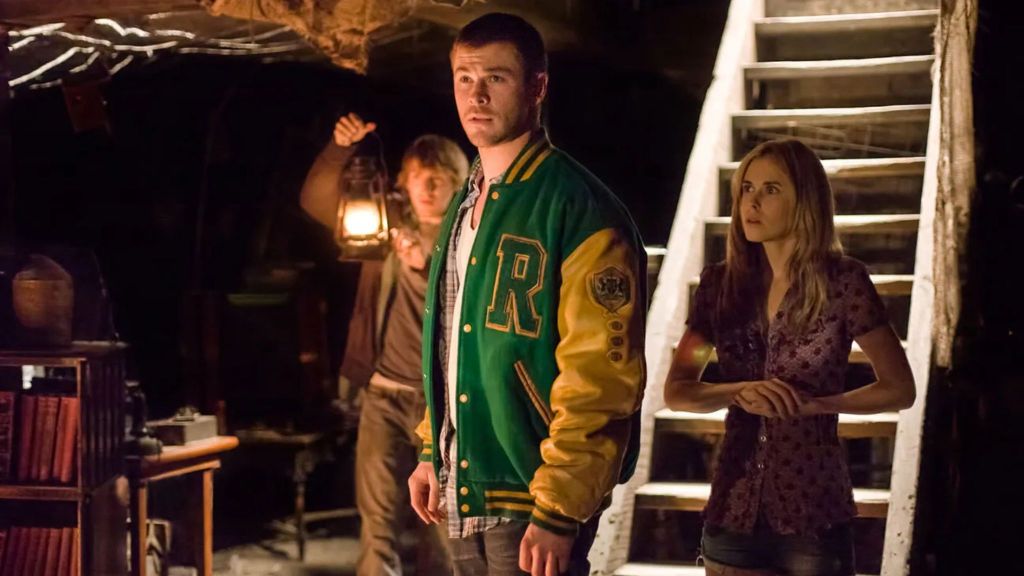
The Cabin in the Woods is a brilliant deconstruction of the horror genre. The film starts with a familiar premise, as five college students, who each fit a specific horror archetype, head to a remote cabin for a weekend of fun. Meanwhile, from a secret underground facility, two technicians (Richard Jenkins and Bradley Whitford) manipulate the environment, unleashing zombies upon the students. As the story unfolds, it is revealed that this is part of a ritual sacrifice, enacted worldwide, to appease malevolent beings known as the Ancient Ones who live beneath the Earth.
The Cabin in the Woods‘ ending subverts horror tropes one last time. The two survivors, Dana (Kristen Connolly) and Marty (Fran Kranz), discover the truth and unleash all the facility’s monsters, causing chaos. They are confronted by the Director (Sigourney Weaver), who explains that for humanity to survive, one of them must die. Instead, Dana and Marty choose to let the world end, sharing a final joint as a giant hand erupts from the ground, destroying the facility and everything else. It is a cosmically bleak and hilarious finale that punishes the audience and the genre itself for its rigid demands.
10) The Mist
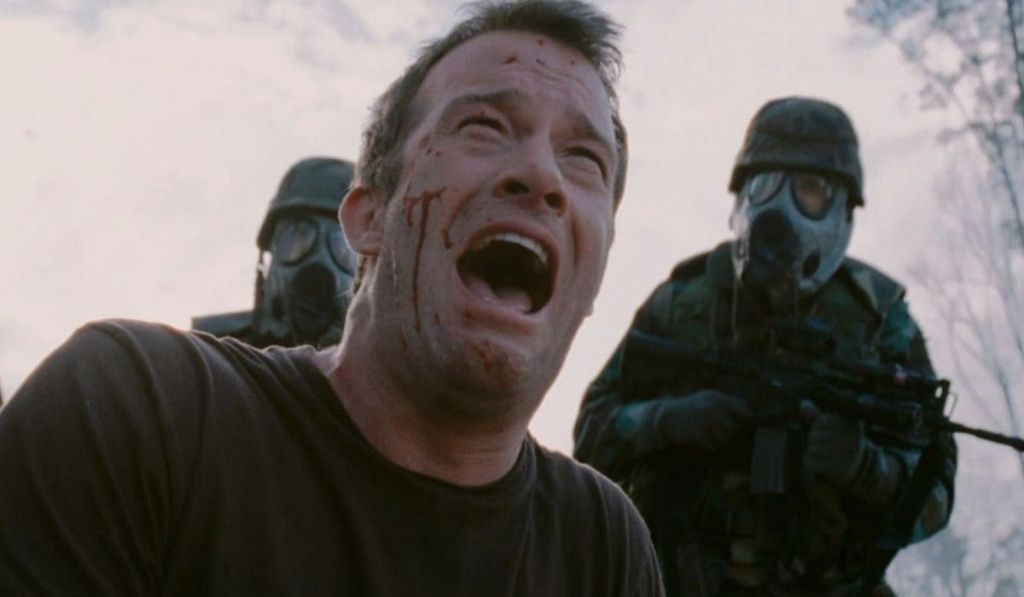
Frank Darabont’s adaptation of Stephen King’s novella, The Mist, is famous for having one of the most soul-crushing endings in cinema history. Following a violent storm, a mysterious mist envelops a small town in Maine, trapping a group of shoppers, including David Drayton (Thomas Jane) and his young son Billy (Nathan Gamble), inside a supermarket. They soon discover the mist is filled with otherworldly creatures that tear apart anyone who dares leave the building. At the same time, inside the store, fear and paranoia take hold, with a religious zealot, Mrs. Carmody (Marcia Gay Harden), convincing a faction of survivors that a human sacrifice is needed.
In the final moments of The Mist, David and a small group, including his son, manage to escape the store and drive into the mist. After their car runs out of gas, they lose all hope. Believing a gruesome death by the creatures is inevitable, David agrees to use his four remaining bullets to mercifully kill the other four passengers, including his own son. Out of bullets for himself, he steps out of the car to face the monsters, only to see the mist recede and the US Army emerge, having defeated the creatures and ready to rescue the survivors. The realization that he killed his son for nothing, just moments before rescue, is an absolutely perfect gut punch.
Which horror movie ending do you think is the most perfectly messed up? Let us know in the comments.





